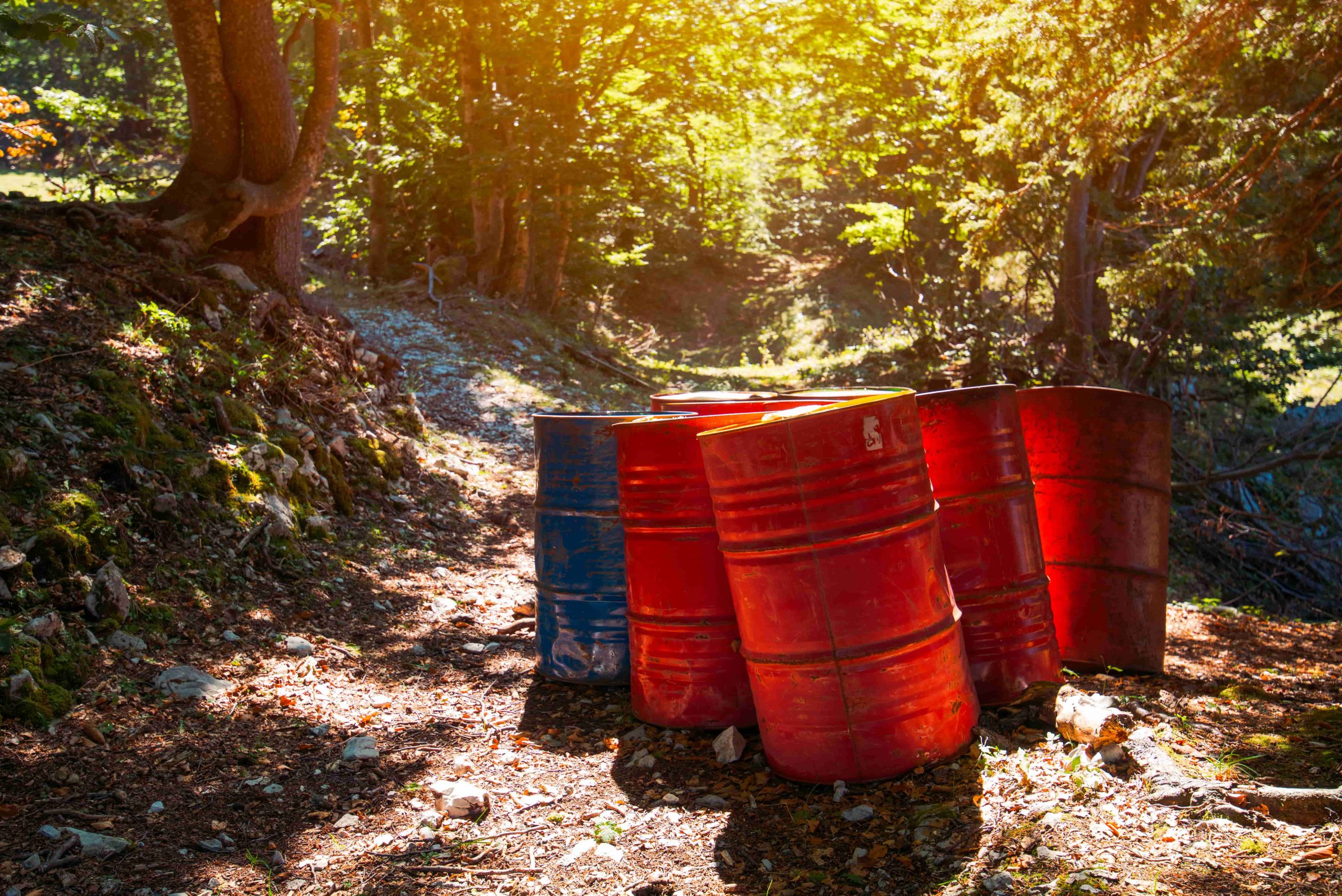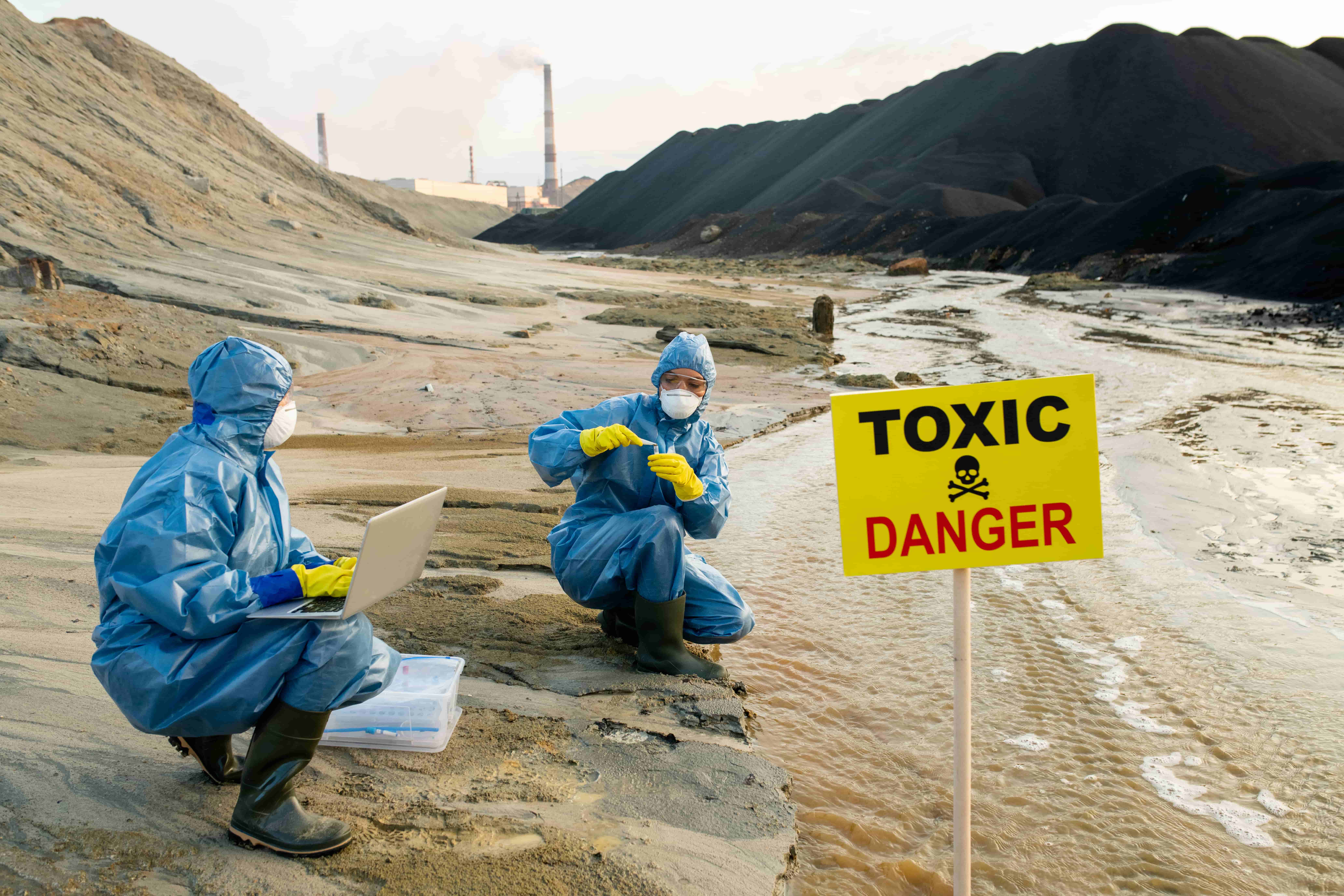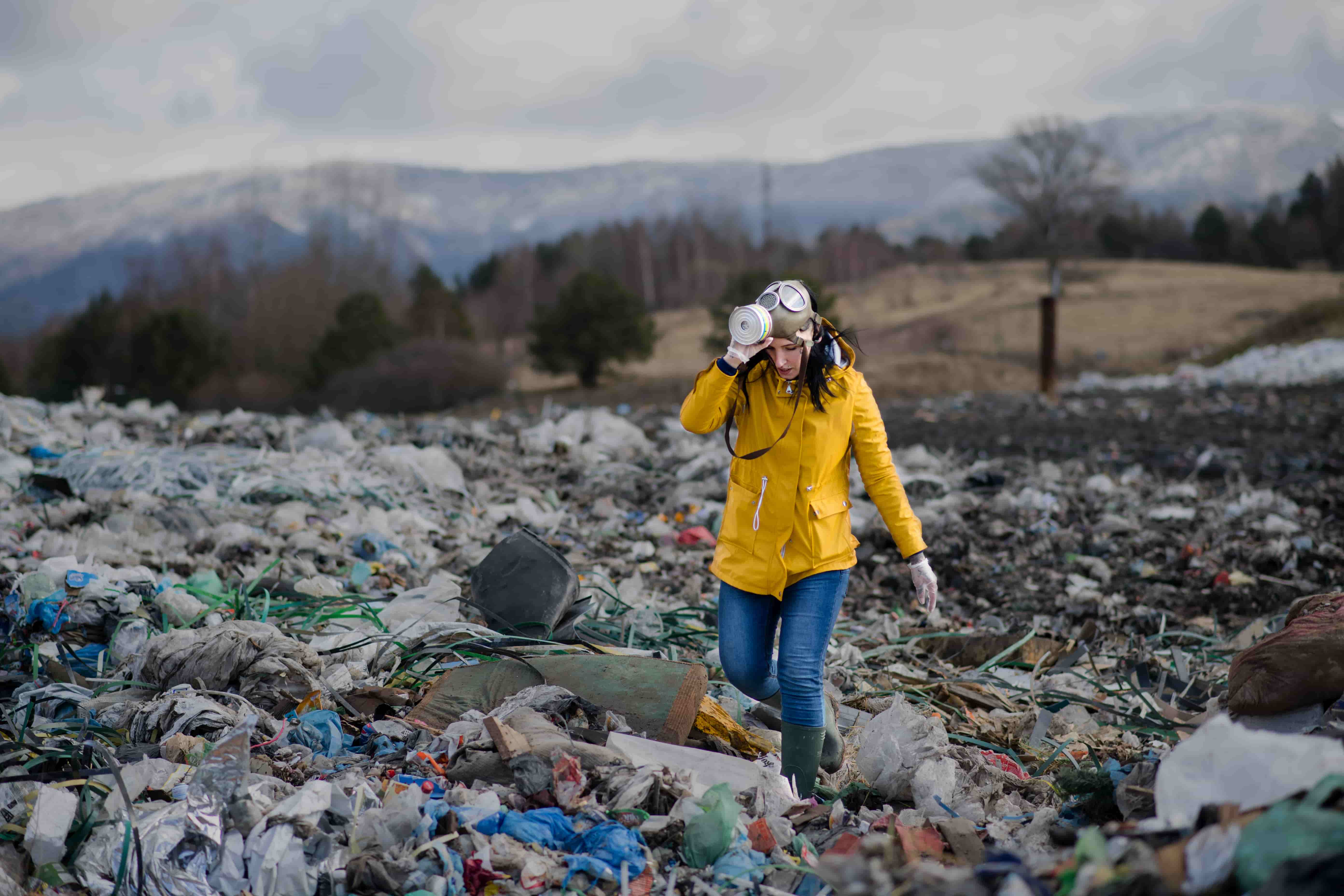Waste & material traceability solution for sustainable facilities

In our everyday life, we produce different types of waste. Hazardous waste is one of the many waste types. Hazardous waste can shortly be defined as dangerous materials that require special procedures for collection, transportation, sorting, disposing and recycling; in other words, wastes that can harm the environment and human health.
Every waste management process is long and complex. Moreover, disposing of different types requires different solutions; you can get detailed information here. In addition to complexity, some waste processes like hazardous waste management are endangered too. Being acquainted with your hazardous waste will establish operational efficiency.
Hazardous waste can be categorized according to different parameters. We should keep in mind that every type is risky in its way. Moreover, each one demands different management approaches. According to the EPA (the United States Environmental Protection Agency), hazardous waste groups are listed as characteristic and mixed radiological wastes.
Hazardous waste can fall under one of the subheadings of listed wastes.
Hazardous wastes are divided according to different characteristics. There are mainly four characters that these wastes show. These four are ignitability, corrosivity, reactivity, and toxicity.
Mixed radiological wastes are hazardous wastes that embody radioactive substances. This type needs to be adequately handled by professionals. If there is any mixed hazardous waste management mistake, it can result in irrevocable situations.
Hazardous waste can be generated from different sources. It can be from small things that may look unharmful, for example, batteries, home cleaning products, air fresheners, and bleach.
Or it can be from much bigger sources, for example, radioactive substances. Hazardous waste generators need to be extra careful because the requirements are very strict both legally and ethically.
The regulations for hazardous waste generators differ according to the quantity of generated waste (volume). There are three types of generators which are:
Large or small, everyone who contributes to hazardous waste generation should realize the importance of its consequences. It can cause serious harm today and in the future.

Because of the ‘Hazard’ part of this waste type, the regulations that come with it are very detailed and strict. Hazardous waste management has to be handled neatly by trained and trusted professionals. Every country and state has different laws and regulations about hazardous wastes, which most of them embody very long and meticulous steps. You can read further information about how important it is to collect hazardous waste.
After the generation part comes to the collection and transportation steps, transporters have to be very alert because they will transport the hazardous waste using roads, air, rail, or water. If the procedures are not followed, the environment and people nearby can get seriously damaged.
During this step, operational managers have to track the operation very closely from beginning to end. Handling this step in traditional manners is a huge gamble; using innovative and digitized collection solutions will be much more efficient. Tracking your hazardous waste operation starts on the road. First, you have to be in control of your waste transportation fleet’s operations so that you can eliminate unwanted accidents.
Despite the physical harm, the transportation firm and others will face serious legal consequences, emphasizing the importance of regulated transporters.
After the collection process, the collected wastes are transported to sorting, recycling, and disposal facilities. In some operations, authorized transporters can transport the waste again to another facility for further operations.
After hazardous waste is collected and transported to facilities, the next step is to decide which methods professionals will use to treat it. It will be beneficial to remember how important it is to handle this process carefully.
Facilities can dispose of hazardous waste using different methods, for example, chemical, biological, physical, and thermal techniques.
Chemical disposal methods are precipitation, oxidation, neutralization, exchange, and reduction. Thermal disposal methods use high-temperature incineration to detoxify the wastes. In biological disposal methods, such as landfarming, disposers carefully combine the surface soil with the garbage in a specific land area.
When facilities dispose of waste in chemical, biological, and thermal ways, it changes at the molecular level. Still, the physical methods cause garbage to solidify, concentrate, or shrink in volume.
Underground Disposal is a low-cost way for wastes generated from medical treatments, laboratory studies, nuclear fuel manufacture, and radioactive ore mining. During this process, it is required for the hazardous materials to be transported to mines that are either dormant or partially active.
In this very old and prevalent disposal method, the waste is engineered and dug to be contained within the ground. To prevent leakage, landfills are lined with clay, HDPE, or other non-porous materials. Although it may seem like this method is harmless, it can be intoxicating for residents near the landfill area in case of a leak; this situation makes landfill management crucial.

This disposal method can intoxicate oceans and risk many lives. Hence, waste disposers should appropriately treat waste before dumping it in the ocean. Not only sea creatures but also humans and the environment are at risk. Although it is prohibited in some situations, authorized professionals can do it according to some rules and strict regulations. (Source)
According to the EPA, hazardous waste recycling is advantageous because it lowers raw material consumption and the volume of garbage that has to be treated and disposed of.
Recycling operations can help treat hazardous substances into beneficial materials. During these recycling operations, keeping up with the complex steps can be challenging for managers. Using an operation management solution can help improve operational efficiency.
We can see that hazardous waste management procedures are quite complex and are monitored by laws. These laws necessitate extensive documentation and timely reporting. Handling all of these procedures in a detailed manner can only be possible with digitized solutions.
With the new rising smart waste management solutions hazardous waste managers can,
For further information and questions please contact us!